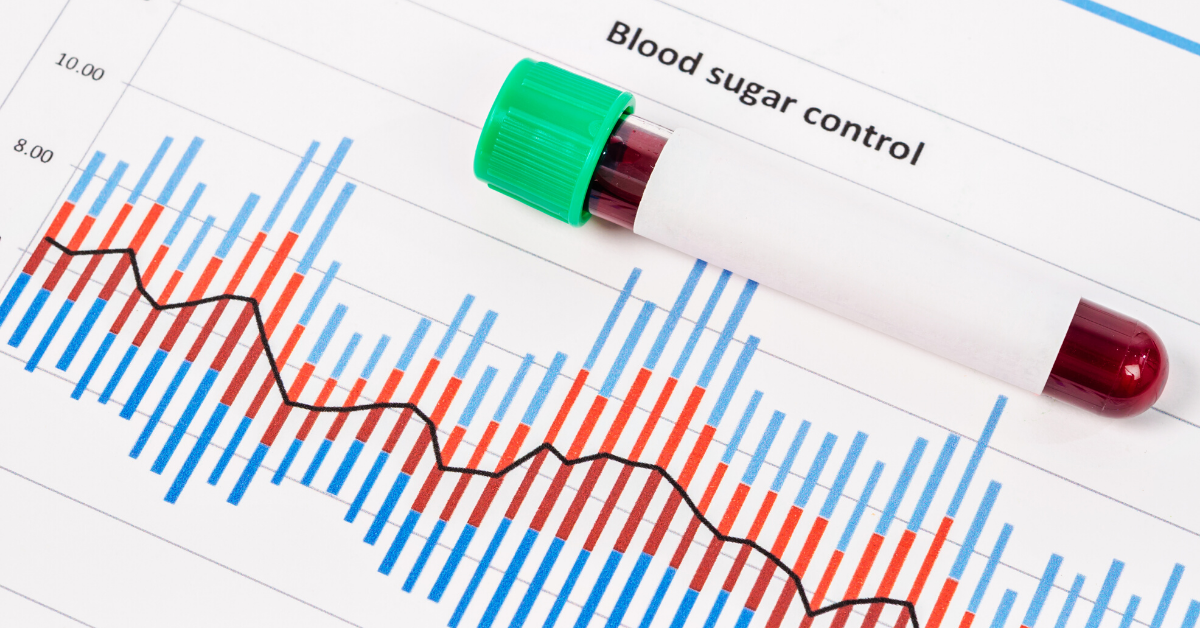
What should your glycemic targets be? Expert answers often differ from each other, and your personal experience may be different. Who chooses?
Over the years you have heard many times what your morning blood sugars should be, what your blood sugar should be two hours after eating, what your hemoglobin A1c should be, and you have tried to meet these targets, sometimes unsuccessfully. When you miss the target you are tempted to throw up your hands and say “If I can’t be “perfect” why should I try? What if I were to tell you that maybe the goals that have been set for you are not quite right? Maybe based on your age, race, activity level, risk for low blood sugar, heart disease, duration of diabetes, other health issues (or absence of), your targets are different. Let’s talk a little bit about this.
Blood sugar control guidelines and targets are based on recommendations from the American Diabetes Association (ADA), American Association of Endocrinologists (AACE), International Diabetes Federation (IDF), etc. Each of these organizations set the guidelines for how diabetes is diagnosed as well as how to determine if the disease is well controlled (see table 1.)
Table 1: Recommended targets for non-pregnant persons based on organization.
| Organization | Fasting blood sugar | 2 hours post-meal blood sugar | Hemoglobin A1c |
|---|---|---|---|
| ADA | 80-130 mg/dL | <180 mg/dL | <6.5-8.0% |
| AACE | <110 mg/dL | <140 mg/dL | <6.5% |
| IDF | 110 mg/dL | <180 mg/dL | <7.0-8.0% |
* Information adapted from IDF, ADA, AACE websites
As you can see there is some variation even among the “authorities” as to what the “targets” should be. Since the experts can't agree, it only makes sense that there may be some room for you to have readings that are not exactly what the guidelines suggest.
Here is something to consider. Recommendations and guidelines are just that. One size does not fit all. There is no possible way that the 10-45 people who sat down at the table to create these guidelines could have thought about every possible scenario as it relates to persons with diabetes.
Now, this is where personalized goals and targets come in. Only you know at what blood sugar number you start to have feelings of hypoglycemia (low blood sugar). We know that these feelings are somewhat delayed in older persons, therefore they have to be careful with how low they want to target that morning (fasting) blood sugar. We also know that if you are a person who exercises you may need to have a blood sugar around 180mg/dL before you exercise so that you don’t “go low”. If you are an African- American female who has heavy periods your A1c may be artificially elevated. There are all kinds of scenarios that we could think up that fall outside of the recommendations.
Ok, so you are not at goal. It is not the end of the world. What are your personal targets and what steps can you take to achieve them? At what point does this A1c of 8.5% begin to impact your heart, eyes, kidneys and feet. Does the damage start the day, week, year, that A1c is above “target”? How quickly do you need to reach your “target”?
When thinking about damage to heart, eyes, kidneys, and feet the thing to keep in mind is that it takes 2-5 years of frequently high blood sugars before you begin to have problems. This is not to say that you should let your blood sugars run high for 2-5 years. But, to help you to understand that if your blood sugars are above “target” for 2- 4 weeks, 2-3 months, it is not the end of the world. The primary thing to think about is that you do not want to force the blood sugars so low that you are hypoglycemic, but you don’t want to have them so high that you can’t see straight. Nobody is perfect and this is a daily walk. One size does not fit all and you may need to talk with your health care provider about your personal goals.
Be well!

